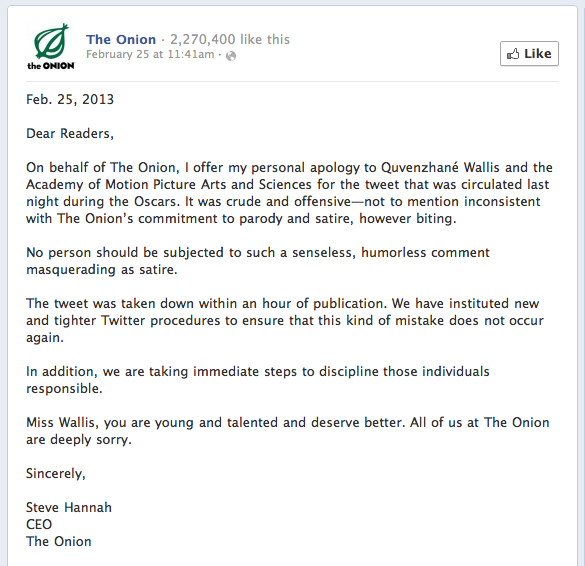The phrase “social media” often confuses longtime marketers because the word “media” usually conjures up the push technique for traditional media. Think about TV commercials, radio spots, and print ads. Ad agencies or in-house marketing/advertising departments produce these with a message that they create and literally push them to current and potential customers through traditional outlets.
Essentially, you could use social media the same way. You can push your products and services to your fan base, ignore their feedback, and choose to believe that you are in control of the message that they are receiving. But I can guarantee you that this will disengage your consumers, which in time will decrease their participation on your social media profiles and even possibly lose them. Remember from the last post that as consumers, we are spoiled now. If your competitors are showing your targeted audience that they care, rather than just selling, then why should your customers support your brand on social media?
Instead of pushing, you need to learn to pull. It takes more effort, time, and creativity, but in social media, this is the only way to genuinely build your community of online supporters and retain them. And, if you have limited resources and are reconsidering venturing into social media because “it takes more effort and time”, don’t. If you have time to travel to and attend networking events, coordinate and hold press events, and especially if you have spent thousands on a recent commercial—then you have the time, resources, and staff to make social media a success for your company.
So, how do you pull? By context.
- Know your product and your audience.
- Research to find out what they care about.
- Strive to become the go-to source of information for your industry. For example, if your product is a clothing line, strive to become the style experts of the fashion industry–offering tips and Tweets on the things that you found out in step 2 that they care about.
- Search through Twitter for users who might be interested in your product/service and Tweets about your industry or a related product.
- Start relationship-building by following relevant users who have a high probability to become future consumers. Answer their questions, even if they’re not specifically asking you. If they follow you back, thank them through a DM. It is very important to NOT DIRECTLY SELL at this early stage.
- As you build trust between your brand and your fan base, they will automatically explore your products and services.
And that’s how you pull consumers with social media, specially Twitter in this example. I’m not saying to not sell your product at all, but limit yourself and be conscious of how you’re selling. Don’t directly sell to users who aren’t even familiar with your brand yet by DMing or Tweeting them links to your product or website. Let them get to know you. Remember, in this new era of relationship building, you have to court your consumers.
Again, if you think this is too much work, seriously think again. You have an immediate and almost infinite amount of conversations about your industry and potentially about your product/brand that you can shape. Can you guarantee that consumers are even watching your commercial or looking at your print ad? How many times have you personally waited until the commercial break to go to the bathroom or flipped past the ad in your magazine to get to the article you wanted to read? With social media, you can be sure consumers will read what you say, grant it that you post something meaningful that they care about. It’s about time that you stop pushing and start pulling.




